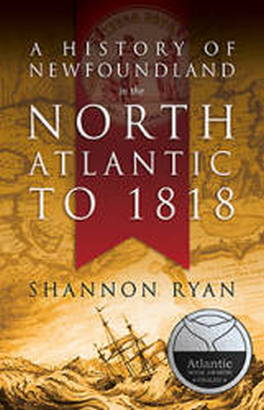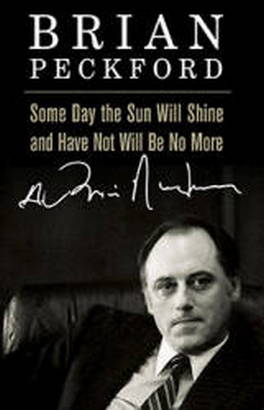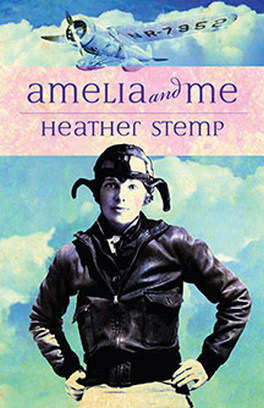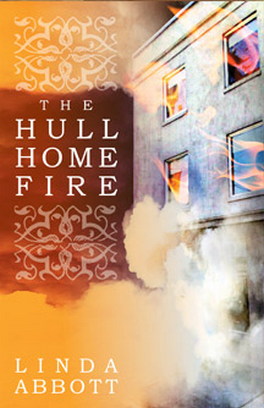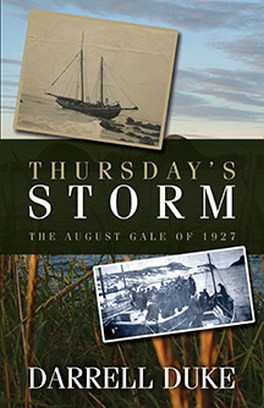This book is a personal tribute to the greatest Newfoundlander of all time. It is not a biography, or intended to be; nor is its purpose to offer a comprehensive record of the Smallwood era. It might, however, be described as episodic history, examining key aspects of the political/economic development of Newfoundland and Labrador in its first decade as a province of Canada with Joseph R. Smallwood the undoubted central figure. Conventional history tends to be siphoned from old newspapers and dusty records by researchers and writers who, typically, were not born at the time of the events they write about. By contrast, the author of this work is one who was there...was part of it all...either as a respected print and broadcast journalist or as a member of the House of Assembly and of the Smallwood Cabinet. This book is based on meticulous research, authenticating William Callahan’s own experiences.
My first contacts with Premier “Joey” Smallwood the appellation had stuck, according to my friend Jim Thorns, after being applied by a small boy on the edge of a campaign crowd came during the early 1950s as a broadcast journalist covering, among other things, politics and especially the House of Assembly.
Its sessions then were held in the historic, century-old, creaky and dusty Colonial Building, brought back to life after 15 years of Commission of Government rule as the seat of the restored elected legislature.
In time the politicians would move to the modern Confederation Building skyscraper that would rise on the St. John’s northeast landscape. It was built under a lease-back financing arrangement, a turnkey contract for 25 years at $665,000 a year, by Whitney-Hansen Limited of Hackensack, NJ. (The same firm undertook in 1959 to construct, on a similar contract, the initial buildings of the new Memorial University campus.) Newfoundland Engineering & Construction Co. Ltd., a Crosbie & Co. subsidiary, was principal subcontractor. The city pretty well ended at Empire Avenue, and many said, “Joey must be crazy to put the government so far out in the country!”
With the formal offices of the Premier and his Cabinet located elsewhere than the Colonial Building (Mr. Smallwood’s in his Canada House residence on Circular Road, those of ministers with their departments scattered over a dozen or more locations around the city of St. John’s, while private members almost literally had nowhere to go) opportunities to avoid the media and the public during House breaks and recesses, if the politicians wished to do so, were sorely limited. Thus they and their staffs, news reporters, photographers, and little knots of spectators lounged around, some drinking tea some, no doubt, something stronger-and it was hard to tell us apart. The limited space afforded minimal privacy to the Premier and his Ministers, the tiny Opposition, and the Speaker. (In the basement, a place had been found for the Director General of Economic Development, Alfred A. Valdmanis.)
After Confederation Building became available (officially opened by former Prime Minister Louis S. St. Laurent on July 5, 1960) with a new legislative chamber and related offices occupying the ninth floor, and virtually the entire government bureaucracy under the same roof, any politician who so wished could remain in or escape to his office (no gender lapse here; the first post-Confederation female MHA, Liberal Hazel McIssac, was not elected until 1975) or Members’ Common Rooms without need to encounter reporters or the public. Mr. Smallwood, however, had had more and more varied media experience in Halifax, Boston, New York and London, as well as in Newfoundland than any reporter on the scene at that time, and his attitude clearly was the more media the better. He really did hold with the adage that “There’s no such thing as bad publicity ... so long as they spell your name right!”
He was blessed with a photographic memory, to match a journalist’s ability to quickly absorb and synthesize the most complex information, and would regurgitate it at length and repetitiously, to the chagrin of news people, particularly those of lesser ability, making sure they “got it right.” Some came to hate him for it. Tough, probing questions and criticisms by those few who dared take him on were regarded as challenges to be summarily disposed of and not always without an element of rancor and even personal attack, as senior journalists such as Burn Gill and Harold Horwood could attest!
(Interestingly, in time the Premier would appoint my friend Gill as Provincial Archivist I admit to having a hand in that. Horwood, who had served as one of his right-hand men in the Confederation campaign and then as Liberal MHA for Labrador, only to become his sharpest media critic, would author a biography that is nothing if not kind to his former leader.)
I not only covered Mr. Smallwood for CJON Radio and TV and Geoff Stirling’s Sunday Herald, but also for Time as that magazine’s Newfoundland correspondent, and found him unfailingly cooperative.
For example, I had scheduled for Time a photograph of the Premier against the background of Confederation Building under construction, to accompany a forthcoming story. The date was Saturday, March 14, 1959 which happened to be the day Newfoundland Constabulary Constable William J. Moss (the prefix “Royal” would be added years later) who was murdered in a savage encounter on a loggers’ picket line at Badger a couple of days earlier, would be going home for the last time.
It occurred to me that the Premier might be much too engaged to worry about my photo shoot. After all it was he who, in effect, had sent Moss to his death as a member of a contingent of St. John’s officers ordered to Central Newfoundland to help the Royal Canadian Mounted Police, on contract as a provincial force, to keep the peace.
(This became a more difficult duty after Prime Minister John G. Diefenbaker countermanded RCMP Commissioner Leonard Nicholson’s order, in response to the province’s legal request under the contract, to send reinforcements from the mainland. A planeload of Mounties, already in the air, was grounded in New Brunswick and then sent back. In consequence the force’s national commanding officer resigned, and the Premier saw to it he was immortalized in Harold B. Goodridge’s historical mural in the lobby of Confederation Building. Attorney General Davie Fulton, who had approved Nicholson’s order, was badly embarrassed; that he didn’t resign over Diefenbaker’s show of non-confidence probably cost him his own chance to succeed as prime minister.)
But I was not disappointed. Promptly at 9:00 A.M., the appointed time, the Premier crossed an empty, snow-covered field to give me my picture. Then he left to join Moss’s funeral procession which, after a brief service conducted by Canon R.R. Babb of the Church of St. Mary the Virgin at the home of the officer’s mother on University Avenue, wound up at the railway station. There the coffin of the dead Constabulary man was put on the train for his native Port Blandford where, the following day, Babb presided at the final obsequies at the Anglican Church and Cemetery of St. Aidan with an honour guard of Constabulary, RCMP, firefighters and Orangemen in attendance.
Chockfull of interesting anecdotes and behind-the-scenes remembrances of a most fascinating political era.
-- Downhome --
Callahan's book is an attractive one. The pictures are wonderful and the text is easy to read.
-- Newfoundland Herald --










